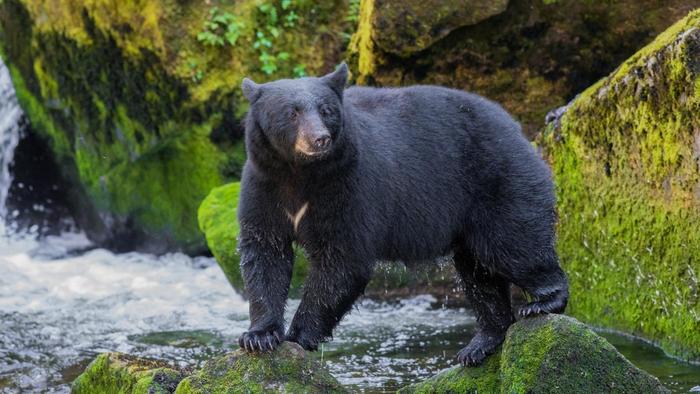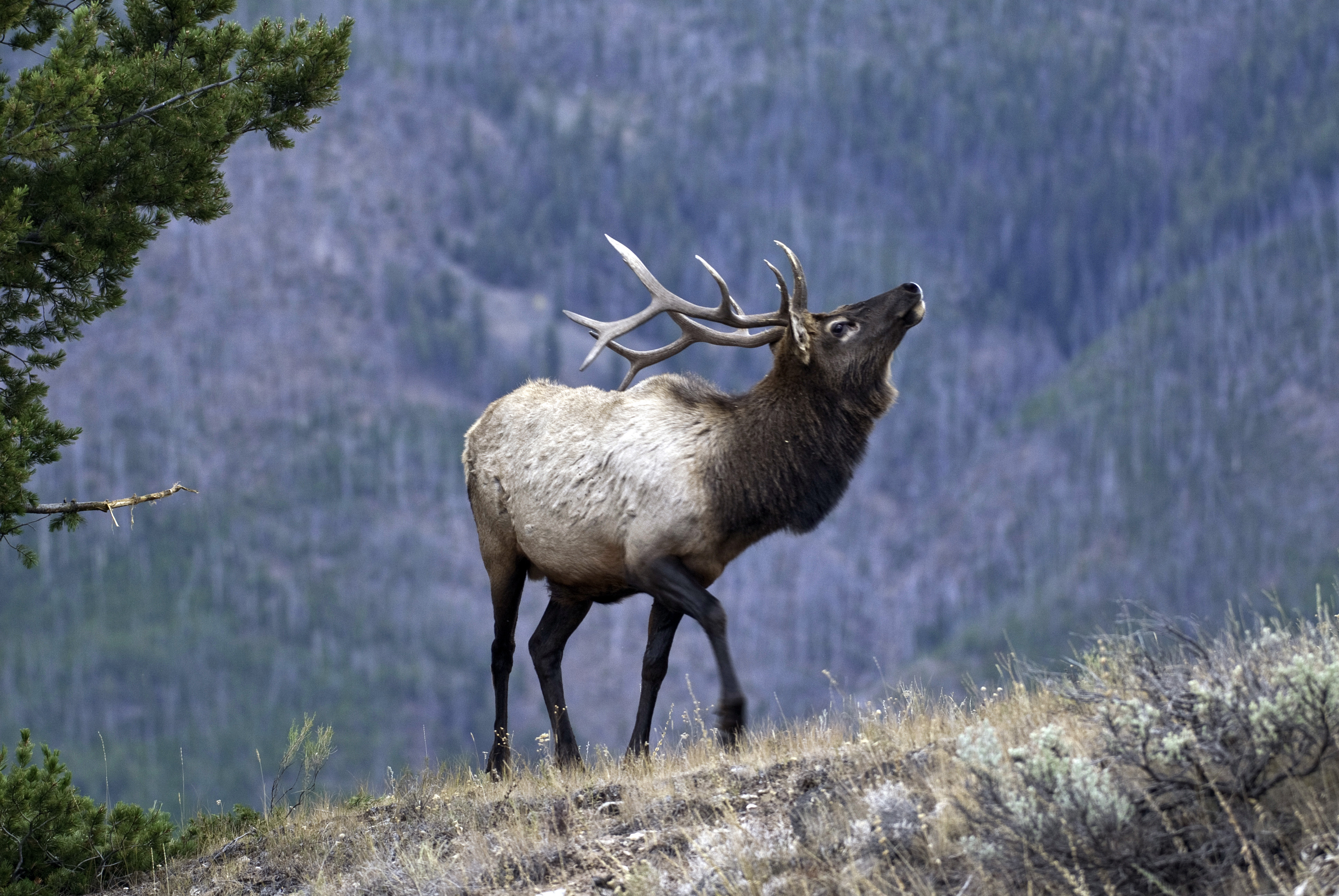


Over the last decade, Ontario’s moose population, while healthy overall: Moose populations may benefit from changes to harvest management in some areas. In recent years, Ontario has seen a decrease in the provincial moose population and a corresponding decrease in available adult validation tags and moose harvest. As a result, fewer adult validation tags can be issued today to achieve the same level of moose harvest.ġ0,757 adult validation tags for resident hunters (2018) Hunting success rates for moose are higher today. Moose hunting has changed a great deal since the early 1980s, when the selective harvest system was introduced. In addition, recent science suggests we need to reconsider how hunter harvest influences calf recruitment into the adult population. The demand for moose hunting remains high.įactors such as climate change and parasites may be putting more stress on moose. But over the past decade, the population peaked and has since declined to an estimated 91,200 moose. Ontario’s moose population grew from more than 80,000 moose in the early 1980s to about 115,000 in the early 2000s. The selective harvest system has been successful, but new challenges have emerged and our understanding has changed. Read the Moose Harvest Management Guidelines Emerging challenges allocating tags to resident hunters and tourism outfitters.setting biologically appropriate levels and proportions of bull, cow and calf harvest.considering population status relative to objectives.developing sustainable harvest plans, which includes:.The key elements in applying the system are: The proper composition of the moose population affects overall survival and reproductive rates, and promotes moose population health. These measures are used to influence harvest levels in response to population trends and the number of bulls, cows and calves observed during aerial surveys. delivering communication and education strategies.area (e.g., Ontario’s Wildlife Management Units).Harvesting opportunities focus mainly on calves then on bulls, while cows are generally more protected for reproduction. Ontario introduced the selective harvest system in 1983 to manage the moose harvest. 78,000 moose in huntable areas (another 13,200 moose live in areas that aren’t hunted).91,000 provincially licensed moose hunters.Ontario has more moose hunters than moose, at about: In most parts of the province, hunting has an important effect on the population of moose. These are some of the factors that influence moose in Ontario. Unfortunately, the biggest danger to an adult moose is getting hit by a car.A healthy and sustainable population of moose is important to Ontario. The calves stay with Mom for about a year until the next mating season the following spring.Īdult moose are too big to have many predators, but bears, wolves, and cougars prey on calves. Cows typically give birth to one or two calves in the spring. When mating season is over in the fall, bulls shed their antlers and head off to be alone until next year’s mating season. Female moose, called cows, don’t have antlers. They use the pointy ends of their shovel-shaped headgear to fight with other males when competing for mates. Male moose, called bulls, begin growing their antlers in the early spring. A full-grown moose can gobble up to 70 pounds of food a day. Year-round, moose snack mostly on leaves, stems, twigs, and the bark of small shrubs-and they eat plenty of all of these things. An adult moose can run up to 35 miles an hour for short distances and 20 miles an hour for longer runs. When the winter ice melts, moose spend much of their time swimming in lakes and rivers to keep their body temperature down on hot days, sometimes swimming without stopping for 10 or more miles. Their wide hooves act like snowshoes to help them walk in the snow or in muddy, marshy ground after the white stuff melts. Moose primarily live in areas that have cold, snowy winters. The massive moose (weighing nearly 2,000 pounds) is the largest animal in the deer family. The moose’s antlers-which stretch nearly six feet wide from tip to tip-drip water as the animal exits the water and trots toward the forest. A moose swims across a mountain lake, reaching the shore alongside a forest.


 0 kommentar(er)
0 kommentar(er)
